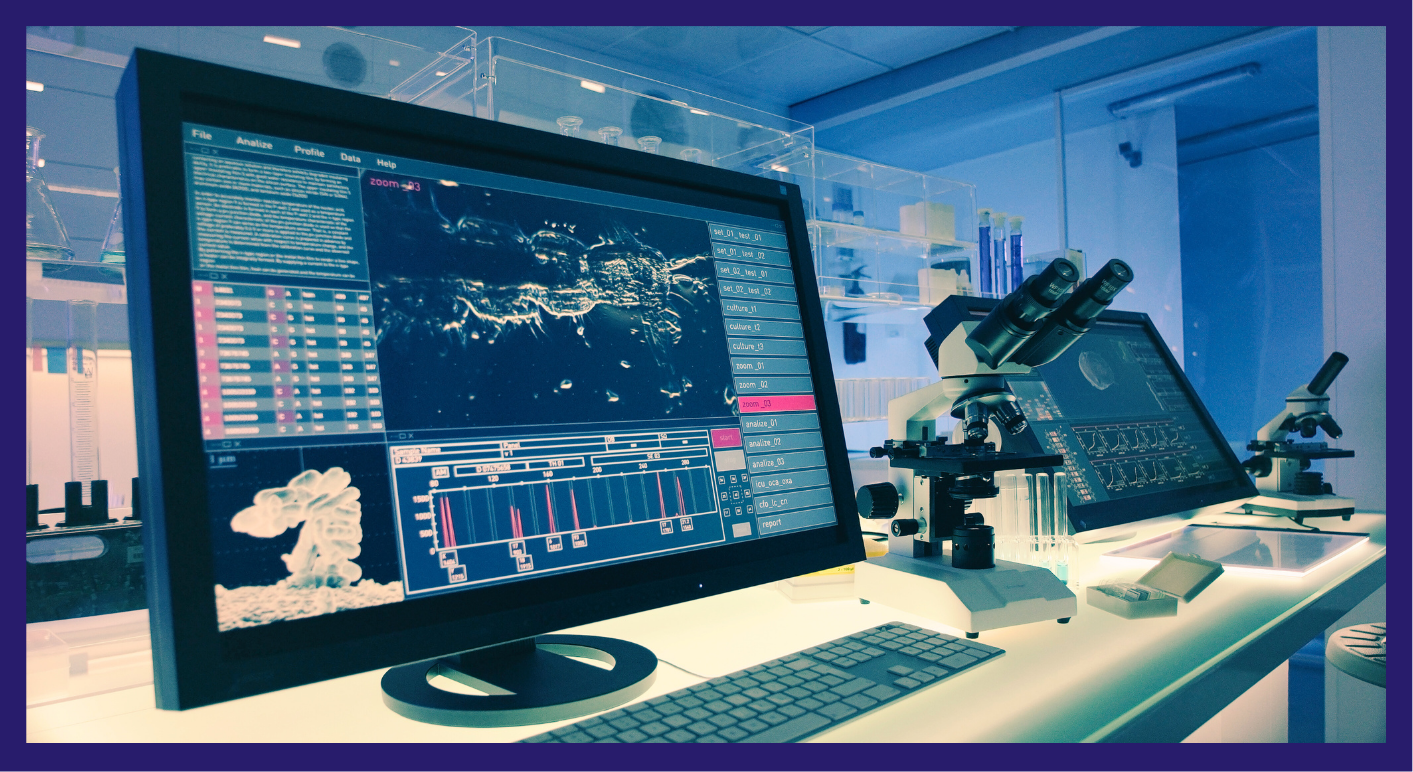Assay Guide
Detailed instructions and tips for various assays, including proliferation, invasion, and cell counting.
1. Proliferation Assay
The Proliferation Assay helps you measure the growth rate of your cell cultures over time and in response to various compounds.
Steps to Conduct a Proliferation Assay
- Step 1: Prepare your cell cultures and treat your cells.
- Step 2: Set up your imaging equipment according to our Adapter set up tutorial.
- Step 3: In the SnapCyte™ App, select Proliferation Assay and define your experiment parameters including treatment groups and replicate wells.
- Step 4: Capture images of your cells at regular timepoints, ensuring consistent lighting and focus.
- Step 5: Review the results and export your data, including growth curves and statistical analysis.

Ensure that images are captured at the same magnification and focus level for consistency.
2. Cell count and viability
Steps to Conduct a Cell Count & Viability Assay
- Step 1: Sample Preparation
- Prepare your cell suspension and mix it with the viability stain. For accurate results, use a 1:1 dilution factor with your chosen dye.
- Ensure your sample is a single-cell solution to avoid inaccuracies.
- Step 2: Capture Images
- Use a hemocytometer with a 0.1 mm chamber depth for automated concentration calculations. Supported hemocytometer types include Neubauer, Improved Neubauer, Bürker, and Bürker-Türk.
- Capture images of the chambers at 10X magnification. Ensure that the images are clear, well-lit, and focused.
- Step 3: Analyze
- Select the Cell Count & Viability Assay option and your images.
- If using a hemocytometer, indicate this to trigger automated concentration calculations.
- SnapCyte™ will analyze the images, identifying live and dead cells based on the staining. The software provides a detailed count, viability percentage, and concentration of your sample.

Ensure even distribution of cells within the hemocytometer chamber for better results. Take multiple images across different fields of view for a more representative analysis.
3. Invasion / Migration Assay
The Invasion / Migration Assay in SnapCyte™ assesses the invasive potential of cells through a matrix. By automating the counting and analysis process, SnapCyte™ ensures accurate and reproducible results, reducing the subjectivity often associated with manual counting methods.
Steps to Conduct an Invasion Assay
- Step 1: Staining and Preparation
- After your invasion assay has been completed, proceed with the staining step to stain migratory cells.
- Clean the non migratory cells from the upper chamber and make sure the migratory cells are clearly visible.
- Step 2: Capture Images
- In the SnapCyte™ App, select Invasion Assay and enter your experimental details.
- Capture minimum of three images per well at 10X magnification . This is important to cover the entire surface area of the transwell insert.
- Maintain consistent lighting and focus across all images to ensure accuracy in analysis.
- Step 3: Analyze
- SnapCyte™ will analyze the % area of migratory and stained cells, providing metrics such as area% and comparison across different samples.
 Ensure the staining is consistent across wells to avoid variability in the results.
Ensure the staining is consistent across wells to avoid variability in the results.







